If you're looking for a way to enjoy garlic flavor while reducing sodium intake, a garlic salt substitute is the solution you need. Unlike regular garlic salt, which contains high levels of sodium, garlic salt substitutes use alternative ingredients like potassium chloride or herbs to provide similar taste without the health risks associated with excessive salt consumption. This guide explains exactly what garlic salt substitutes are, how they differ from regular garlic salt, and how to choose the best option for your dietary needs.
Table of Contents
- What Is a Garlic Salt Substitute?
- Garlic Salt vs. Garlic Salt Substitute: Key Differences
- Health Benefits of Low-Sodium Alternatives
- When to Use Garlic Salt Substitute
- Buying Guide: Top Products for Low-Sodium Cooking
- Frequently Asked Questions
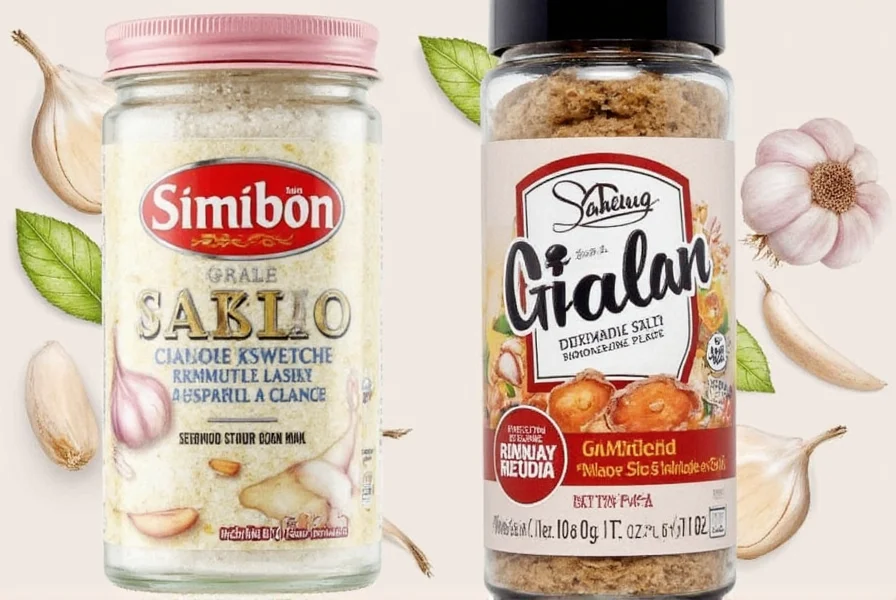
What Is a Garlic Salt Substitute?
A garlic salt substitute is a sodium-reduced seasoning blend designed to mimic the flavor of traditional garlic salt while significantly lowering sodium content. These products typically replace sodium chloride with potassium chloride or other mineral salts, combined with garlic powder and sometimes additional herbs or spices for enhanced flavor complexity.
According to the American Heart Association, reducing sodium intake to 1,500mg per day can help lower blood pressure and reduce cardiovascular risks. Garlic salt substitutes provide a practical way to enjoy seasoned foods while adhering to these health guidelines.
Key Ingredients in Quality Garlic Salt Substitutes
- Garlic powder – Provides the signature garlic flavor
- Potassium chloride – Primary sodium replacement (mimics saltiness without sodium)
- Herb blends – Onion powder, celery seed, or parsley for depth of flavor
- Natural anti-caking agents – Rice flour or silica for texture
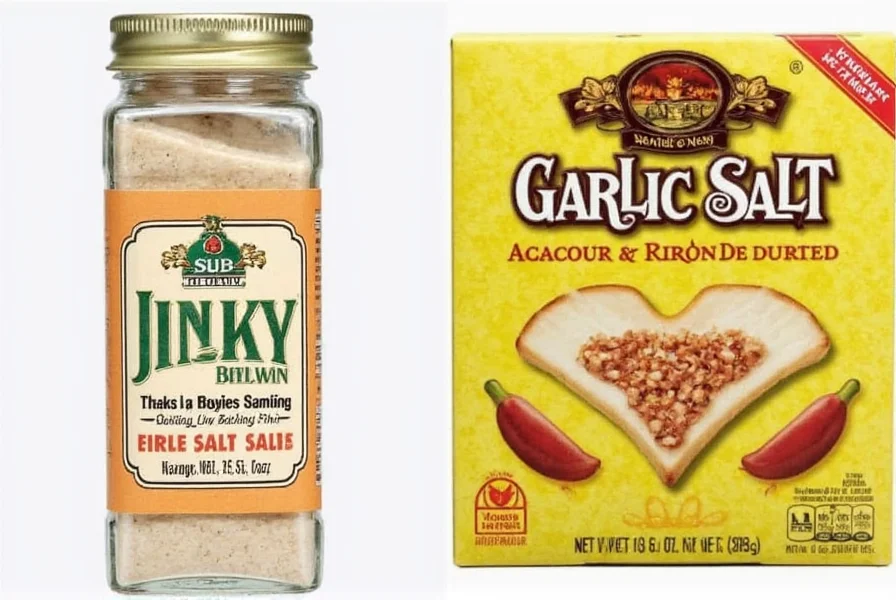
Garlic Salt vs. Garlic Salt Substitute: Key Differences
| Feature | Regular Garlic Salt | Garlic Salt Substitute |
|---|---|---|
| Primary Ingredients | Garlic powder + Sodium chloride (table salt) | Garlic powder + Potassium chloride/herb blends |
| Sodium Content | Approx. 2,000mg per teaspoon | Approx. 50-200mg per teaspoon |
| Flavor Profile | Bold, salty, garlicky | Milder garlic with subtle herbal notes |
| Best For | Occasional use in high-sodium diets | Daily use for heart-healthy eating |
| Price Range | $2-$4 per container | $4-$8 per container |
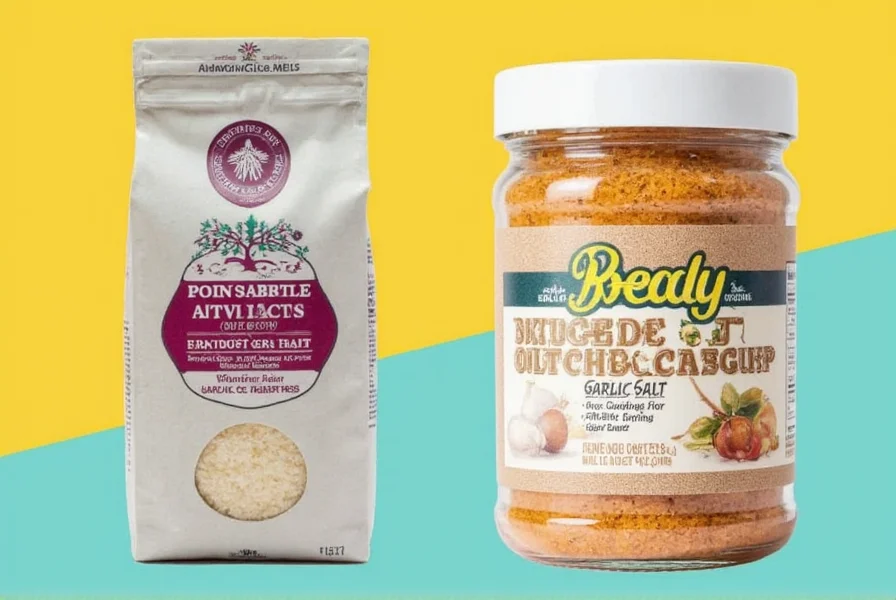
Health Benefits of Low-Sodium Alternatives
Reducing sodium intake is one of the most effective dietary changes for managing blood pressure. The CDC reports that 90% of Americans consume more sodium than recommended, increasing risks for hypertension and heart disease.
Garlic salt substitutes offer several health advantages:
- Cardiovascular support – Lower sodium intake directly correlates with reduced blood pressure
- Potassium benefits – Potassium chloride helps balance sodium levels in the body
- Herbal nutrition – Additional herbs provide antioxidants and anti-inflammatory compounds
- Weight management – Reduced sodium helps minimize water retention and bloating
Important: While garlic salt substitutes are excellent for most people, those with kidney disease should consult their healthcare provider before using potassium chloride-based products.
When to Use Garlic Salt Substitute
Use garlic salt substitute in these situations:
- When managing hypertension – Replace regular salt in all cooking to reduce daily sodium intake
- For heart-healthy recipes – Ideal for soups, stews, and roasted vegetables where salt is typically added
- When cooking for others – Ensures your meals are safe for guests with dietary restrictions
- For daily seasoning – Use as your primary seasoning for consistent sodium reduction
For best results, start with half the amount you'd normally use with regular garlic salt, then adjust to taste. The flavor profile is milder, so you may need slightly more to achieve desired taste.
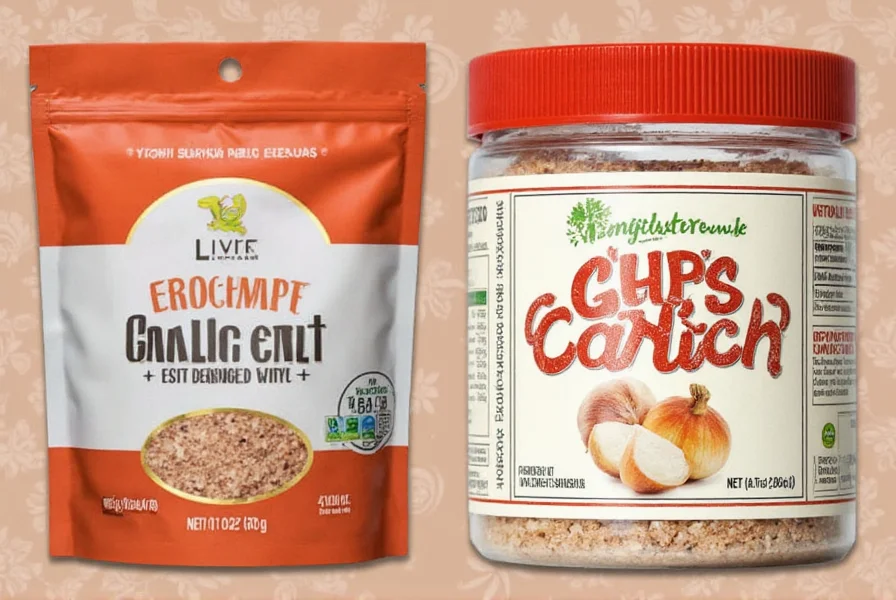
Buying Guide: Top Products for Low-Sodium Cooking
When selecting a garlic salt substitute, look for these quality indicators:
- Clear sodium content labeling – Should state "sodium-free" or "low-sodium" with exact milligrams per serving
- Minimal additives – Avoid products with artificial flavors or MSG
- Third-party certifications – Look for American Heart Association Heart-Check mark or similar endorsements
Top-Rated Garlic Salt Substitutes
- NoSalt Original Garlic Blend – Zero sodium, 100% potassium chloride base with garlic and herbs. Ideal for strict sodium restrictions.
- LoSalt Garlic Flavor Blend – 50% less sodium than regular salt, with balanced garlic and herb profile. Great for everyday cooking.
- Morton Salt Substitute Garlic – FDA-approved low-sodium option with consistent flavor and texture.
- Nature's Way Garlic & Herb Salt Substitute – Organic herbs and natural ingredients with no artificial additives.
Frequently Asked Questions
What does "sub" mean in garlic salt substitute?
"Sub" stands for "substitute" – these products are designed to replace regular garlic salt while reducing sodium content. The term "garlic salt substitute" is the industry-standard name for these products.
Is garlic salt substitute safe for everyone?
Most people can safely use garlic salt substitutes, but those with kidney disease or on potassium-restricted diets should consult a healthcare provider before using potassium chloride-based products.
Can I use garlic salt substitute in baking?
Yes, but with caution. Some baking recipes rely on sodium for chemical reactions (like yeast activation). For most baked goods, use half the amount of garlic salt substitute compared to regular salt and adjust based on taste.
Why does some garlic salt substitute taste bitter?
Potassium chloride can have a slight metallic or bitter aftertaste for some people. Higher-quality products blend potassium chloride with herbs and other ingredients to minimize this. Try different brands to find one that suits your palate.
How does garlic salt substitute compare to regular garlic salt nutritionally?
Regular garlic salt typically contains 2,000-2,500mg sodium per teaspoon. Garlic salt substitutes contain 50-200mg sodium per teaspoon (95%+ reduction) and often include 500-1,000mg potassium per teaspoon – which helps balance sodium levels in the body.
Can I make my own garlic salt substitute at home?
Yes! A simple homemade version combines:
- 2 parts potassium chloride (like NoSalt)
- 1 part garlic powder
- 1/2 part onion powder
- 1/4 part dried parsley
Store in an airtight container for up to 6 months. Note: Homemade versions won't have the same shelf stability as commercial products.

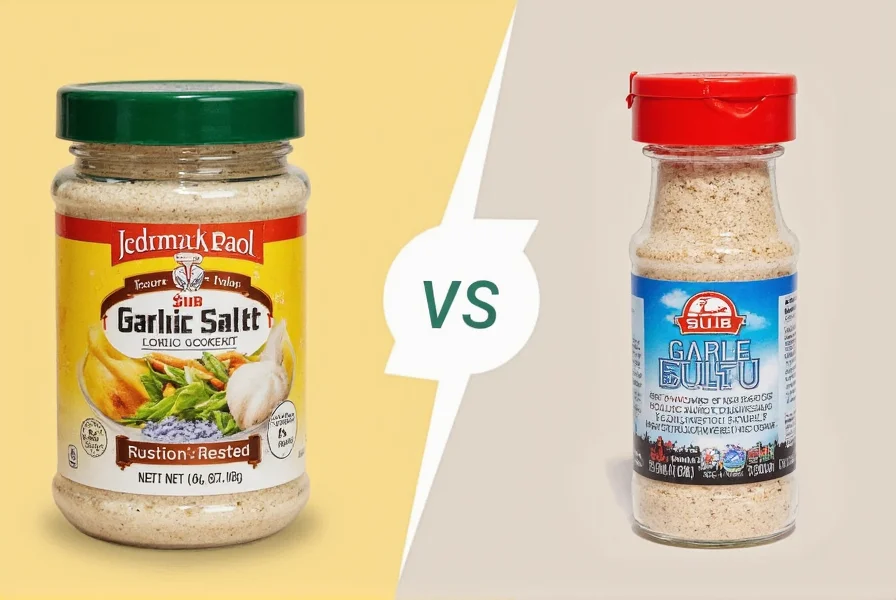









 浙公网安备
33010002000092号
浙公网安备
33010002000092号 浙B2-20120091-4
浙B2-20120091-4